Rope Work: Elevating Your Technical Climbing Game
Knowledge Base
In the heart-pounding world of mountaineering and technical climbs, there’s an art that takes center stage, an art that can mean the difference between a triumphant summit and a daunting retreat. We’re talking about advanced rope work techniques – the secret sauce for climbing those formidable peaks. Whether you’re a rising star in the alpinist universe or a seasoned mountaineer, these skills will not only keep you safe but also ignite your passion for conquering the impossible.
1. Dance of the Ropes: Advanced Belaying Techniques
Imagine belaying as a dance where the ropes sway to your rhythm. In this intricate dance, two advanced moves will make you the star of the show:
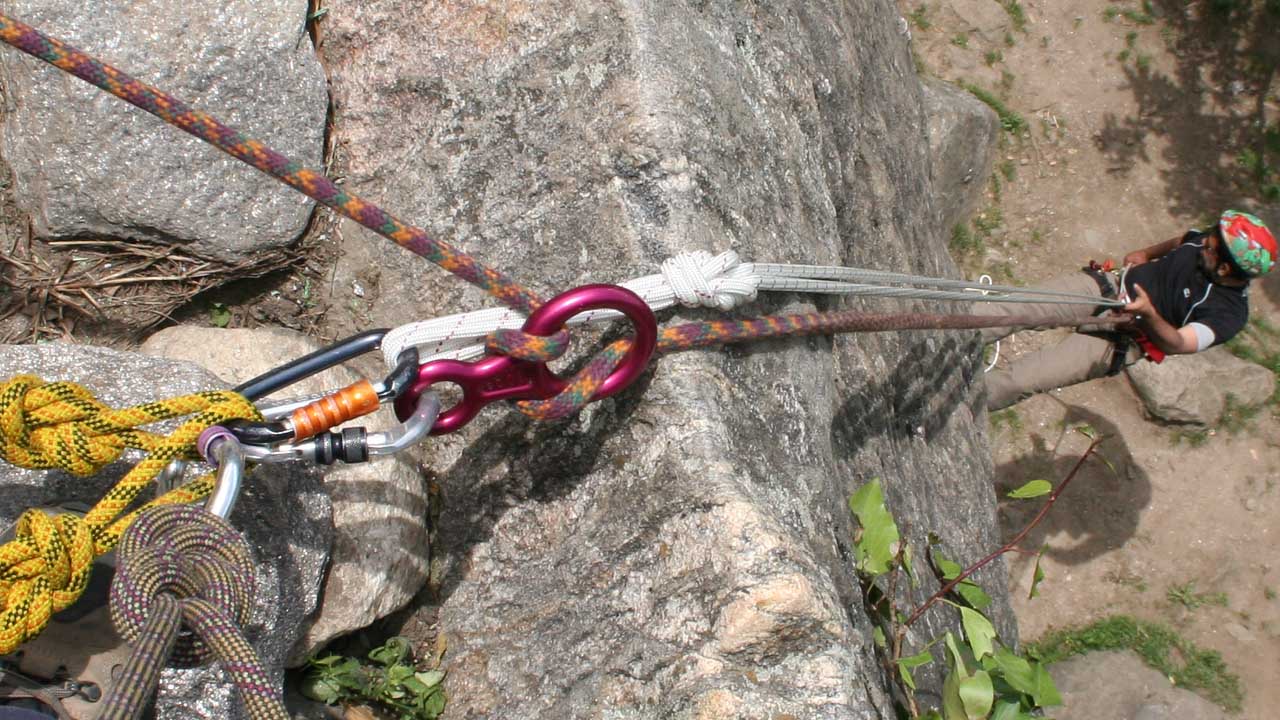
a. Guide Mode Belay: Picture yourself as the conductor of a symphony. The guide mode belay lets you effortlessly manage rope tension, perfect for dramatic multi-pitch climbs and daring traverses. It’s your baton, and the ropes are your orchestra.

b. Belay Escapes Every climber’s worst nightmare – a fallen comrade. But fear not, because you’re a maestro in belay escapes. With a swift change of tempo, you free yourself from the system, ready to lend a helping hand when it’s needed most.
2. The Art of Rope Origami: Rope Management
In this part of the journey, you’re not just a climber; you’re an artist. The canvas is your rope, and here are your brushes:
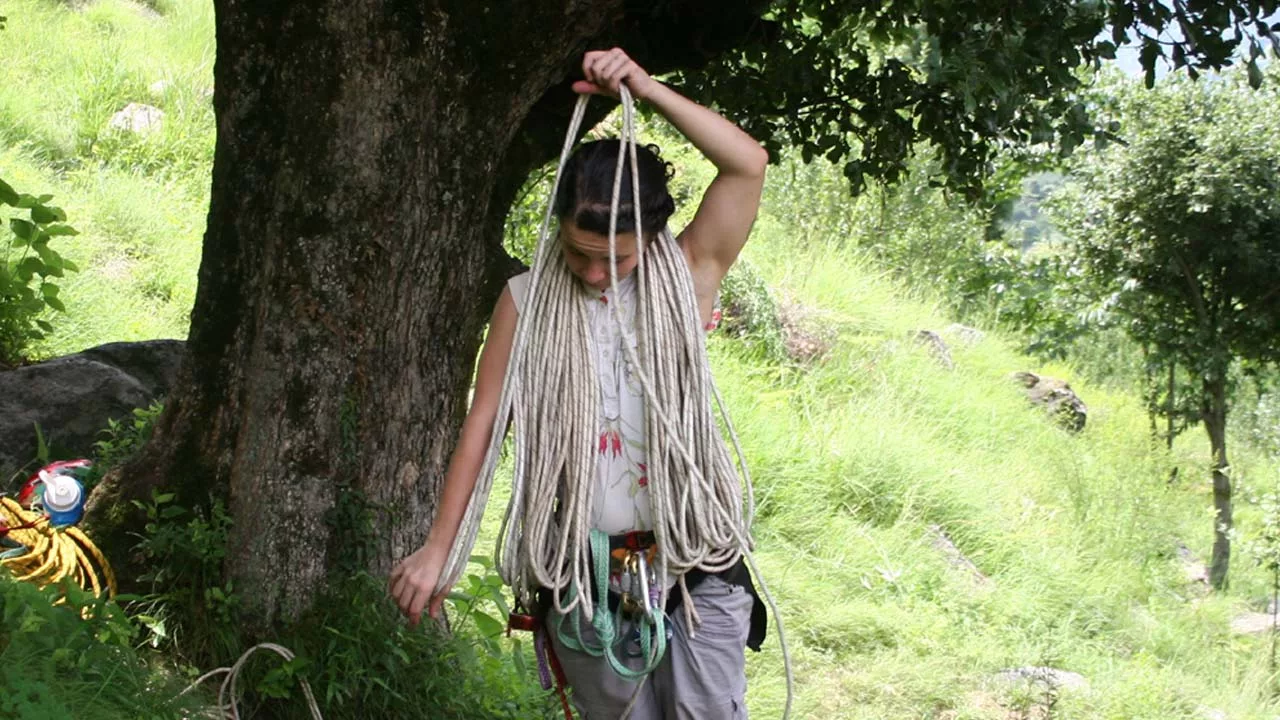
a. Stacking and Flaking: Think of this as creating a masterpiece with your rope. Neatly stacked and flawlessly flaked, your rope is free of knots and snags. It’s like a symphony in rope form.
b. Coiling: Coiling isn’t just a mundane task; it’s a performance. Your audience? The mountain. Correct coiling reduces friction, ensuring your rope flows like a river, unhindered by drag.

3. Ascending and Descending: The Rope’s Ballet
Picture yourself as a ballet dancer, gracefully ascending and descending ropes. These moves are your choreography:
a. Prusik Knots: The rope is your partner, and prusik knots are your dance shoes. With their help, you ascend with elegance, whether you’re conquering fixed lines or performing a self-rescue ballet.

b. Rappelling: It’s time for the grand finale – rappelling. Instead of the usual, opt for the Dülfersitz rappel or the fireman’s belay. These techniques aren’t just efficient; they’re the showstoppers of the descent world.
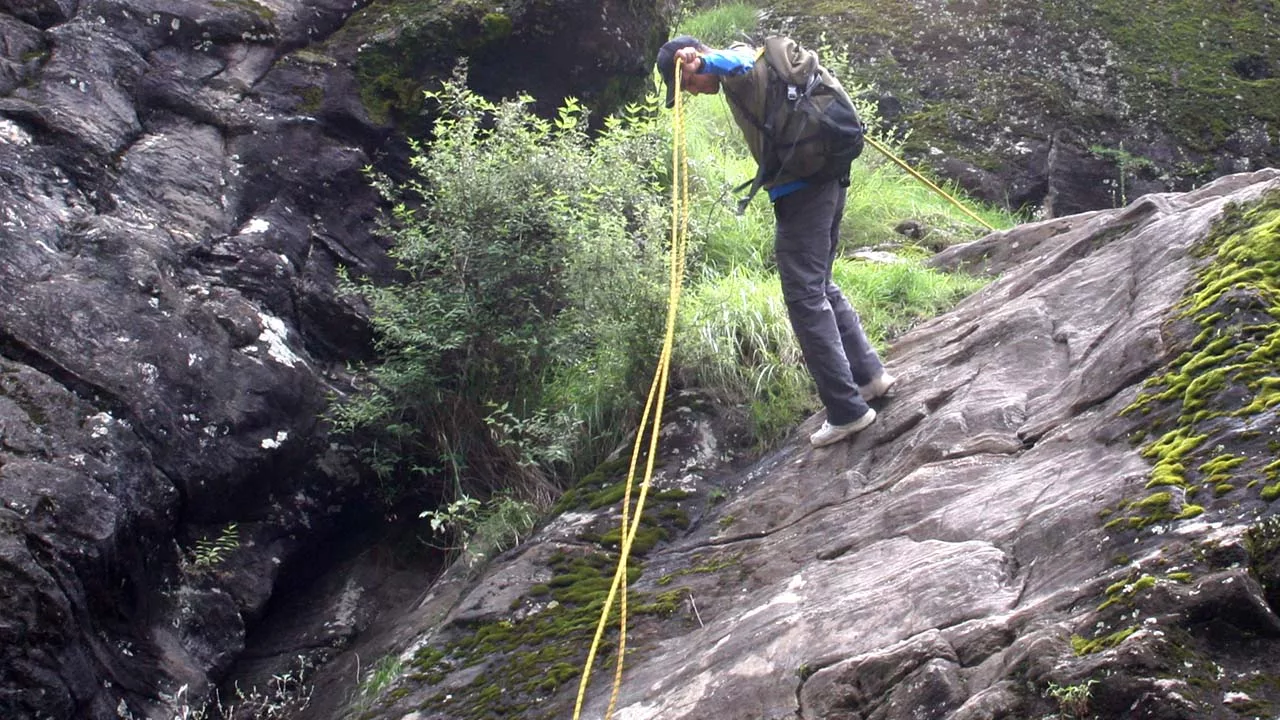
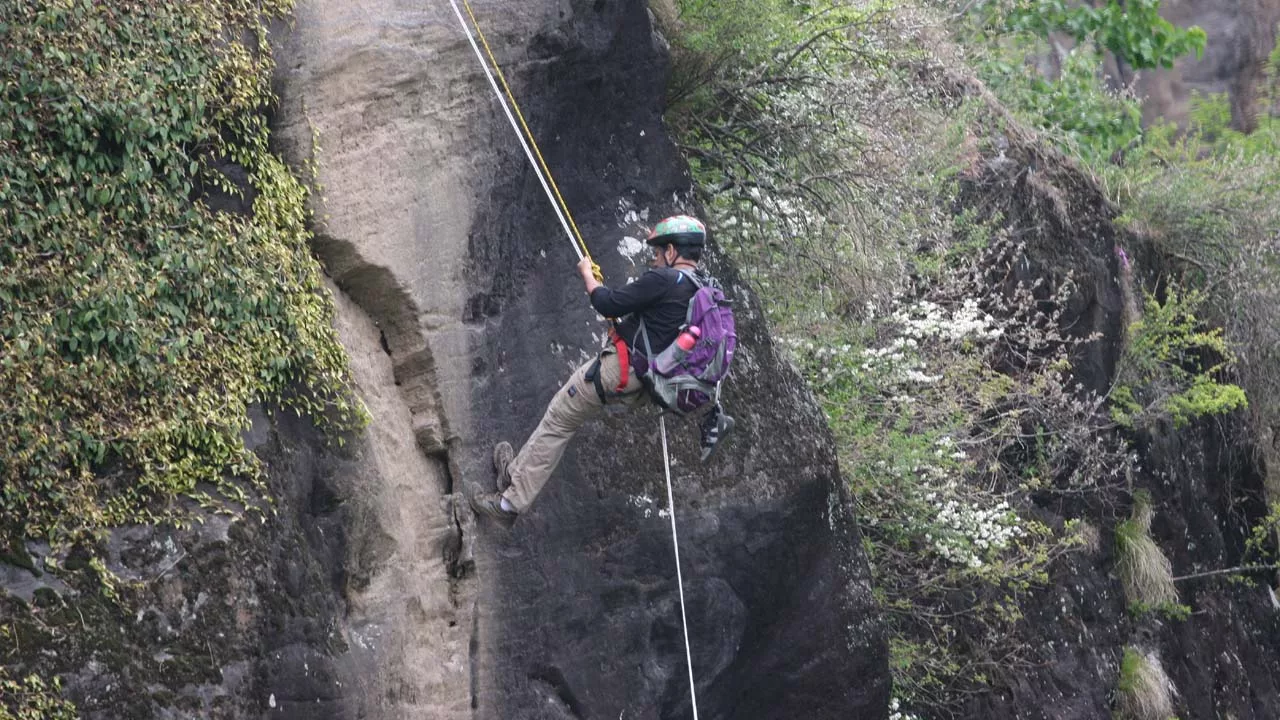
4. Crafting Masterpieces: Anchoring Systems
Now, you’re not just a climber; you’re a sculptor of anchors. Each one is a masterpiece:
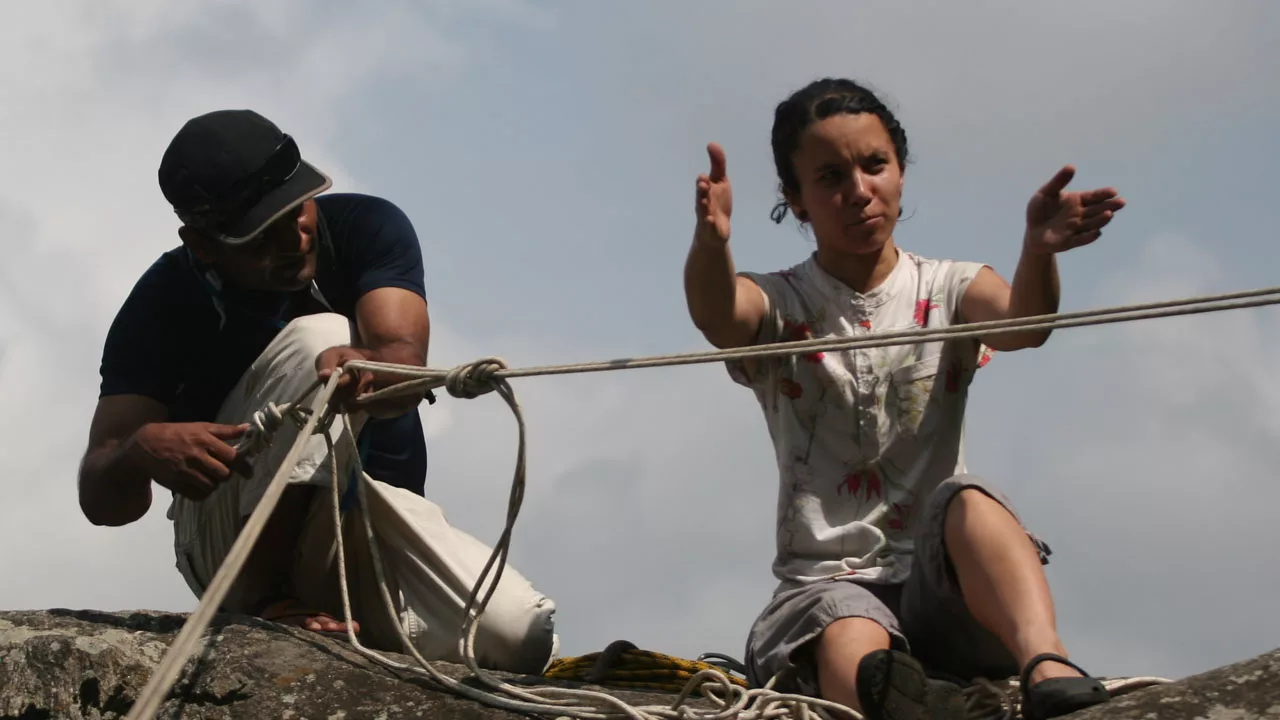
a. Equalized Anchors: Your canvas is the cliff face, and your medium is anchors. Create equalized anchors that distribute the load like a harmonious composition. It’s the rock art of climbing.
b. V-Threads: In icy or mixed terrain, you’re a magician crafting V-threads. These threads are your escape route, your secret passage through the frozen labyrinth.

Conclusion: The Symphony of Rope Work
Advanced rope work isn’t just about safety; it’s about creating poetry in motion on the mountainside. Practice and experience are your brushes, and every climb is a canvas waiting for your masterpiece. Ascent Descent Adventures invites you to immerse yourself in the world of advanced rope work. Seek guidance from our experienced instructors and set forth on a journey where ropes become your trusted companions, and the mountains your stage for unforgettable performances. Let’s make every climb a standing ovation. Happy climbing!
Join the Rope Rigging Skills Course
FAQs
Proper rope management, including stacking, flaking, and coiling, ensures the rope remains tangle-free and flows smoothly, reducing the risk of accidents and improving efficiency.
Prusik knots are friction hitches used for ascending a rope. They are valuable for climbing fixed lines, self-rescue situations, and providing a safety backup during descents.
Equalized anchors distribute the load evenly among multiple anchor points, enhancing stability and safety during belaying and setting up belay stations. They are critical for supporting your team on challenging climbs.
While beginners should start with the fundamentals, advanced rope work techniques can benefit climbers at all levels. They provide a strong foundation for growth and tackling more challenging climbs as skills progress.
Join the Rope Rigging Skills Course
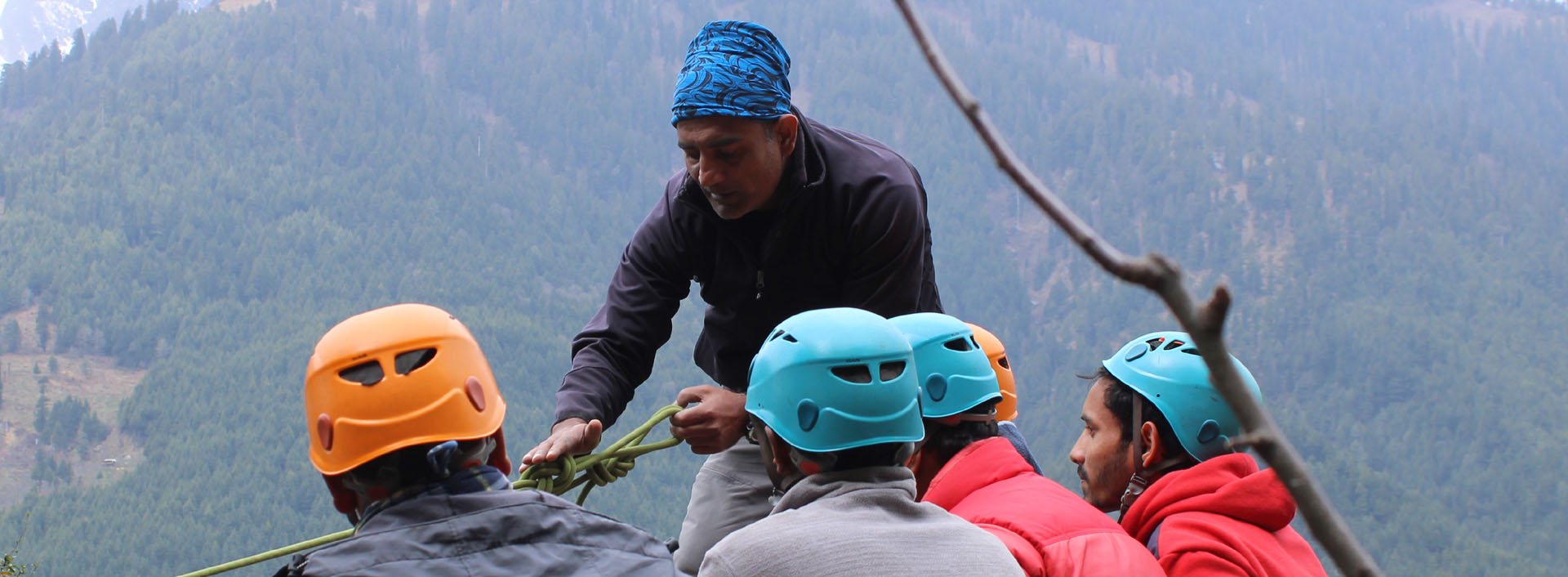
Learn about Un-roped Climbing Bouldering
